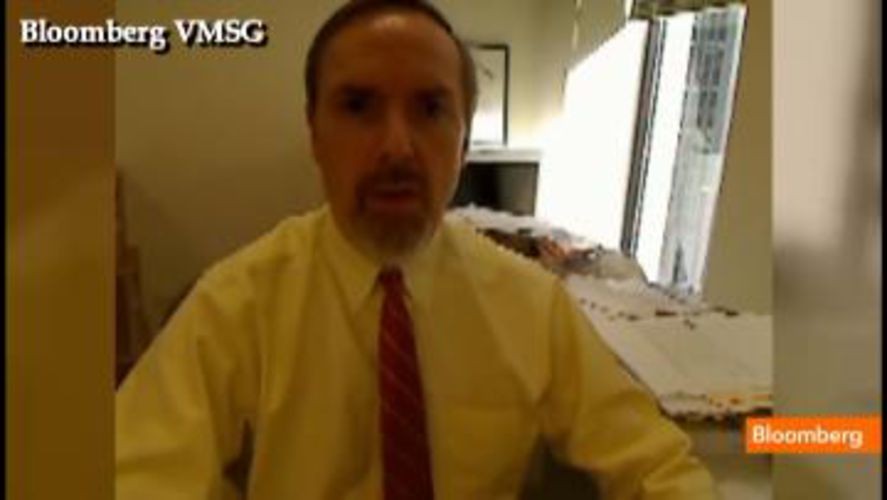ISM Services Gauge in Rose in November Bloomberg Business
Post on: 16 Март, 2015 No Comment

The ISM services survey covers industries ranging from utilities and retailing to housing, health care and finance. Photographer: Daniel Acker/Bloomberg
Dec. 5 (Bloomberg) — Service industries in the U.S. unexpectedly grew at a faster pace in November, showing the biggest part of the economy is weathering concern about looming federal tax increases and spending cuts.
The Institute for Supply Management’s non-manufacturing index rose to 54.7 last month from 54.2 in October, the Tempe, Arizona-based group said today. Economists projected a decline to 53.5, according to the median estimate in a Bloomberg survey. Readings above 50 signal expansion.
The report runs counter to the group’s factory survey this week showing manufacturing shrank last month, indicating companies such as retailers and construction firms that make up about 90 percent of the economy are more resilient to the risk of the so-called fiscal cliff. A housing rebound, lower fuel costs and gains in employment are leading to a pickup in consumer confidence that may boost holiday sales.
“The consumer is carrying a lot more of the economic momentum into the end of the year, given the cautiousness of business leaders,” said Joel Naroff, president of Naroff Economic Advisors Inc. in Holland, Pennsylvania. “That bodes well for next year.”
Other reports today showed orders for business equipment such as machinery and communications gear rebounded more than previously estimated in October, worker productivity accelerated in the third quarter and superstorm Sandy limited employment gains last month.
Shares Advance
Stocks rose, following a two-day drop in the Standard & Poor’s 500 Index, amid optimism lawmakers will reach a budget agreement before the end of the year. The S&P 500 Index rose 0.2 percent to 1,409.28 at the close in New York.
Estimates for the services index in the Bloomberg survey of 75 economists ranged from 51 to 54.7. The index has averaged 53.4 since the recession ended in June 2009.
In the U.K. today, services unexpectedly grew at a slower pace in November as demand fell for the first time in two years, increasing the chance the economy will shrink again this Quarter, data from Markit Economics and the Chartered Institute of Purchasing and Supply showed in London today.
A separate report showed services growth in China slowed, damping expectations for a faster rebound in the world’s second-largest economy after a seven-quarter slowdown.
The increase in the U.S. services gauge was driven by jumps in business activity and new orders. The ISM’s employment measure fell.
‘Feeling Good’
“Consumers are feeling good, housing is rebounding, and we remain confident that there’ll be a resolution in Washington” on budget deficits, said Kurt McNeil, General Motors Co. vice president of sales operations, said during a teleconference on Dec. 3.
Auto dealers saw demand rebound in November after Sandy. The annualized industrywide sales rate of cars and light trucks, adjusted for seasonal trends, rose to 15.5 million last month, the best since February 2008, according to Ward’s Automotive Group.
Apart from the storm, consumer confidence has been on the rise, which could lift demand for services. The Conference Board’s sentiment index climbed this month to the highest level since February 2008, a report showed last week.
Households felt good enough to head to shopping centers on Black Friday weekend. Retail sales rose 13 percent to $59.1 billion in the four days starting Nov. 22 after a 16 percent increase in the similar period last year, according to the National Retail Federation.
Construction Spending

Housing is also fueling growth. Construction spending climbed almost three times more than forecast in October. Homebuilder confidence rose to a six-year high in November, according to the National Association of Home Builders/Wells Fargo index of builder confidence, released Nov. 19.
This week’s ISM factory index showed manufacturing unexpectedly contracted last month by the most since July 2009. Manufacturers pointed to the uncertainty surrounding the more than $600 billion of spending cuts and tax increases set to take effect next year as the major reason for the slowdown, survey chairman Bradley Holcomb said.
Services — including utilities, health care, housing and finance — are less dependent on capital spending, which has declined in the face of the fiscal cliff, and export demand, which has weakened as the euro-zone economy contracts.
‘Very Diverse’
“The non-manufacturing sector is very diverse,” Anthony Nieves, the ISM survey’s chairman, said in a telephone interview from his office in Beverly Hills, California. “Because it’s made up of 18 industries with a slew of companies, small, medium and large, it’s like having a diverse stock portfolio. You’re not heavy in one particular sector or investment, so the overall effects or impacts from political uncertainty are not as immediate as you would see on the manufacturing side.”
Another report today showed employment cooled in November, restrained by Sandy. Companies added 118,000 workers after a revised 157,000 gain, according to Roseland, New Jersey-based ADP Research Institute. The report indicated that the storm reduced payrolls by about 86,000.
Other figures today signaled the recent slump in business investment may be ending. Bookings for non-defense capital goods excluding aircraft, a proxy for future spending, rose a revised 2.9 percent in October after dropping 0.5 percent in September, the Commerce Department reported. The gain was previously estimated at 1.7 percent, according to last week’s durable-goods report.
Also today, Labor Department dated showed worker productivity expanded more than previously estimated in the third quarter as companies cut labor expenses to preserve profits. The measure of employee output per hour climbed at a 2.9 percent annual rate, the biggest gain in two years and up from 1.9 percent in the prior three months, revised figures showed. Costs per worker fell at a 1.9 percent rate, more than previously estimated.
To contact the reporter on this story: Alex Kowalski in Washington at akowalski13@bloomberg.net
To contact the editor responsible for this story: Christopher Wellisz at cwellisz@bloomberg.net














